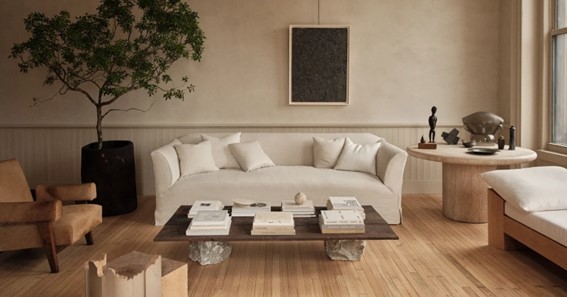When it comes to interior design, creating spaces that stand the test of time is a goal many share. Timeless interiors exude a sense of enduring beauty and elegance, transcending passing trends. Whether you’re an aspiring designer or currently enrolled in Interior Design Courses, understanding the principles behind classic and contemporary styles can help you design interiors that remain timeless and relevant for years to come. This article will explore the significance of traditional and modern styles in interior design and how to create timeless interiors that combine the best of both worlds.
Embracing Classic Style:
This traditional style is known for its timeless appeal, drawing inspiration from historical periods such as the Renaissance, Baroque, or Georgian eras. It emphasizes refined details, symmetry, and a sense of grandeur. Here are some critical characteristics of classic style:
- Architectural Details: This style often features intricate details, such as crown moldings, wainscoting, and coffered ceilings.
- Neutral Color Palette: Such style favors a neutral color palette, including shades of white, cream, beige, and gray.
- Luxurious Materials: Traditional interiors showcase luxurious materials like marble, granite, and hardwood and rich fabrics like velvet or silk.
- Traditional Furniture: Such style often features furniture with graceful curves, ornate carvings, and intricate details.
- Symmetry and Balance: Classic design emphasizes symmetry and balance in furniture placement, accessories, and overall composition.
Embracing Contemporary Style:
Contemporary style, also known as modern style, represents the design trends of the present time. It embodies clean lines, minimalism, and a focus on functionality. Here are some key characteristics of modern style:
- Sleek and Clean Lines: Contemporary interiors feature clean lines and simplicity in design. Furniture tends to be streamlined and free of ornate details, creating a sense of minimalism and modern sophistication.
- Neutral Color Palette with Bold Accents: Contemporary style often utilizes a neutral color palette, including shades of white, black, and gray. Bold accents in vibrant hues such as red, blue, or yellow are introduced through accessories, artwork, or accent walls to add visual interest.
- Open Floor Plans: Modern interiors often embrace open floor plans, allowing seamless transitions between different areas.
- Innovative Materials: This style incorporates glass, steel, and concrete materials.
Creating Timeless Interiors where Classic Meets Contemporary
Designing timeless interiors involves seamlessly blending classic and contemporary elements to achieve a harmonious balance. Combining classic style’s enduring elegance with the sleek sophistication of modern design allows you to create spaces that transcend time and remain relevant for years to come. You can also gain more knowledge by joining reputable Interior Design Courses. Here are some tips for creating timeless interiors:
- Balance Classic and Contemporary Elements: Integrate traditional architectural details into modern spaces, such as crown moldings or wainscoting. Alternatively, incorporate trendy furniture pieces into traditional interiors to add a touch of modernity.
- Choose a Neutral Color Palette: It’s advisable to opt for a neutral color palette as the foundation of your design, providing a timeless backdrop. Add pops of color through accessories or accent walls to infuse contemporary vibrancy.
- Focus on Quality and Craftsmanship: Invest in high-quality materials, furnishings, and finishes that withstand the test of time. Classic elements like hardwood flooring or well-crafted furniture pieces contribute to the longevity of the design.
- Embrace Timeless Patterns and Textures: Incorporate timeless patterns in flooring or textiles, such as herringbone or chevron. Introduce natural stone or brushed metal textures to create visual interest and depth.
Click Here – Importance of Aptitude Test for Job Seekers
Conclusion
By embracing the best of both styles, you can design interiors that transcend fleeting trends and stand the test of time. Incorporating timeless elements, balancing the traditional and modern features, and focusing on quality and craftsmanship will allow you to create interiors that exude enduring elegance and modern sophistication. So, whether you’re an aspiring designer or a homeowner looking to create a timeless space, let the fusion of classic and contemporary styles guide your design journey.

